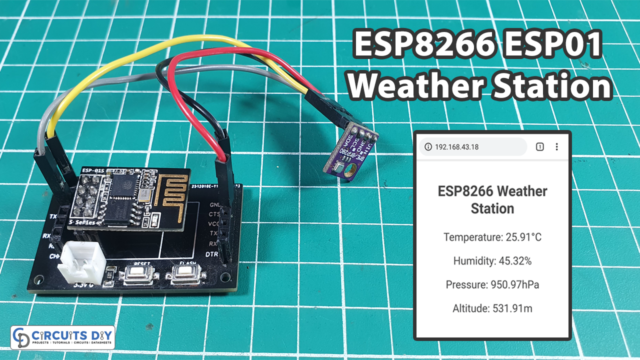Introduction
Are you tired of playing the same old board games and video games with your friends or family? Looking for a new and exciting challenge that will put your skills to the test? Why not try the bent-wire game? This classic game involves passing a ring over a bent wire without touching it and has been a beloved pastime for generations of people around the world.
But have you ever wondered how this simple game works? Keep reading to learn how to build your own bent-wire game circuit and impress your friends with your electronics skills!
What is the Bent Wire Game?
The bent wire game is a popular game where a ring has to be passed over a bent wire in an electrical circuit without touching the wire. The game produces an audible sound or a glowing LED to indicate contact between the wire and the ring.
In this article, we will explore the game’s circuit, how it works, and how to construct it.
Hardware Required
| S.no | Components | Value | Qty |
|---|---|---|---|
| 1 | IC | NE555 | 1 |
| 2 | Capacitor | non Polar = 22nF, Polar = 10uF, 100uF | 1 1, 1 |
| 3 | Resistor | 2.2k, 4.7k, 100k | 1, 1, 1 |
| 4 | Speaker | 40 – 80 | 1 |
| 5 | Switch | on/off | 1 |
Circuit Diagram

Construction
To construct a bent wire game, it is best to place the loudspeaker and switch on the front panel of a plastic case. The bent wire is then placed at the top of the panel by drilling holes, creating smaller holes, and passing the wire through them.
The ends of the wire are flattened and glued in the correct position using an epoxy adhesive. If no epoxy adhesive is available, you can use a small copper wire, but it should not be insulated. However, you must provide insulation at both ends to keep the ring at rest without creating a circuit.
If general copper wire is not used, a 16swg can be a good alternative, with insulation at both ends made by tape. Another interesting way is to use a crocodile clip for this.
The ring and the lead can be made by the general PVC-insulated wire, with one end being threaded and inserted into the holes and the other having 50mm of insulation removed from it.
Finally, a loop of bare wire is made around the bent wire, and the loops are made of optimum length to create the perfect-sized circle. The loop is then bent carefully into a bent and neat circle. The loop size can be determined by trial and error, determining the game’s toughness.
Working Explanation
The circuit of the bent wire game includes a 555 astable, which allows a loudspeaker to work and create an audible tone. To control the oscillator, voltage is applied to pin 4 of the 555. The timing components of R1 and C1 provide voltage to pin 4 of IC1.
C1 and R1 are connected across the supply rails, and when the switch is on, C1 is uncharged, so pin 4 develops a positive voltage. However, C1 generates enough voltage very soon, so pin 4 of IC1 cannot support the oscillation anymore. As a result, the audible sound goes off after a second once the circuit is disconnected.
The bent wire and C1 are in parallel connection, and in the event of a short circuit, C1 is completely discharged, leading to the production of an audible signal again. The loud sound continues to work until C1 is fully charged again, indicating contact between the wire and the ring.
Conclusion
In conclusion, the bent wire game is a fun and interactive game that you can easily build with a simple circuit. By constructing the game, you can improve your circuit-building skills and understand the principles behind its operation. The bent wire game can be an excellent project for hobbyists and electronics enthusiasts, and you can modify its design to create new challenges and experiences.













